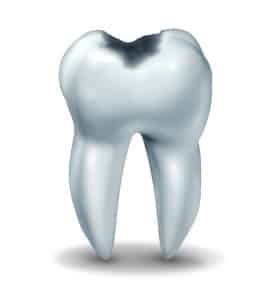 There was a time when gold fillings were common. Then silver amalgam popped up. Then white composite fillings were developed. White composite fillings are the treatment of choice for anterior (front) teeth, because the composite material blends with the original dentition. Gold and silver are noticeable and not aesthetically pleasing if you should flash your smile. However, gold fillings are still used and are the treatment of choice for specific situations.
There was a time when gold fillings were common. Then silver amalgam popped up. Then white composite fillings were developed. White composite fillings are the treatment of choice for anterior (front) teeth, because the composite material blends with the original dentition. Gold and silver are noticeable and not aesthetically pleasing if you should flash your smile. However, gold fillings are still used and are the treatment of choice for specific situations.
Gold Fillings
“Gold” fillings are not pure gold. They are one material in a mixture of metals. The same way that silver amalgam fillings are not all silver; “amalgam” means a blend, or mixture. Gold fillings are usually combined with copper, silver, palladium, platinum, and/or zinc. Gold fillings have many advantages including:
- They are highly durable: gold fillings can last two to four times longer than other filling materials
- Gold fits the tooth more accurately
- Less tooth reduction is required
- They will not damage opposing teeth
- They are biocompatible with gums and other oral tissues
- They will not fracture
Bruxism
Because gold fillings are strong, durable, and will not fracture, they are often recommended for use in the molars of bruxers. Bruxing is the chronic grinding and clenching of teeth and can wear, crack, or fracture your teeth over time. Although gold is more expensive than other dental filling materials, it can help prevent damage due to bruxing, especially in areas where aesthetics are not a concern.
